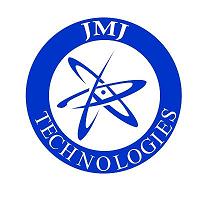Finance Module
1. Introduction to SAP
2. Enterprise settings
3. General ledger accounting
4. Accounts payable
5. Accounts receivable
6. Bank accounting
7. Tax on sale or purchase
8. Withholding tax
9. Asset accounting
10. Cash journal
11. foreign currency valuation
12. Financial statement version
Controlling
13. Introduction
14. Organisation structure
15. Cost element accounting
16. Cost center accounting
17. Internal orders
18. Profit center accounting
19. Product accounting
20. Costing profittability analysis
Integration with other modules
21. Material management module
22. Sales & distribution
23. Project system
24. Product planning module
Overview on
Project systems –to monitor capital projects like construction of building ,roads and machinery etc.,
Investment management – to monitor the investment either revenue or capital . Essential for planning & budjeting anf control budget overview.
Special focus on New Gl nad document splitting in SAP ECC 6.0

